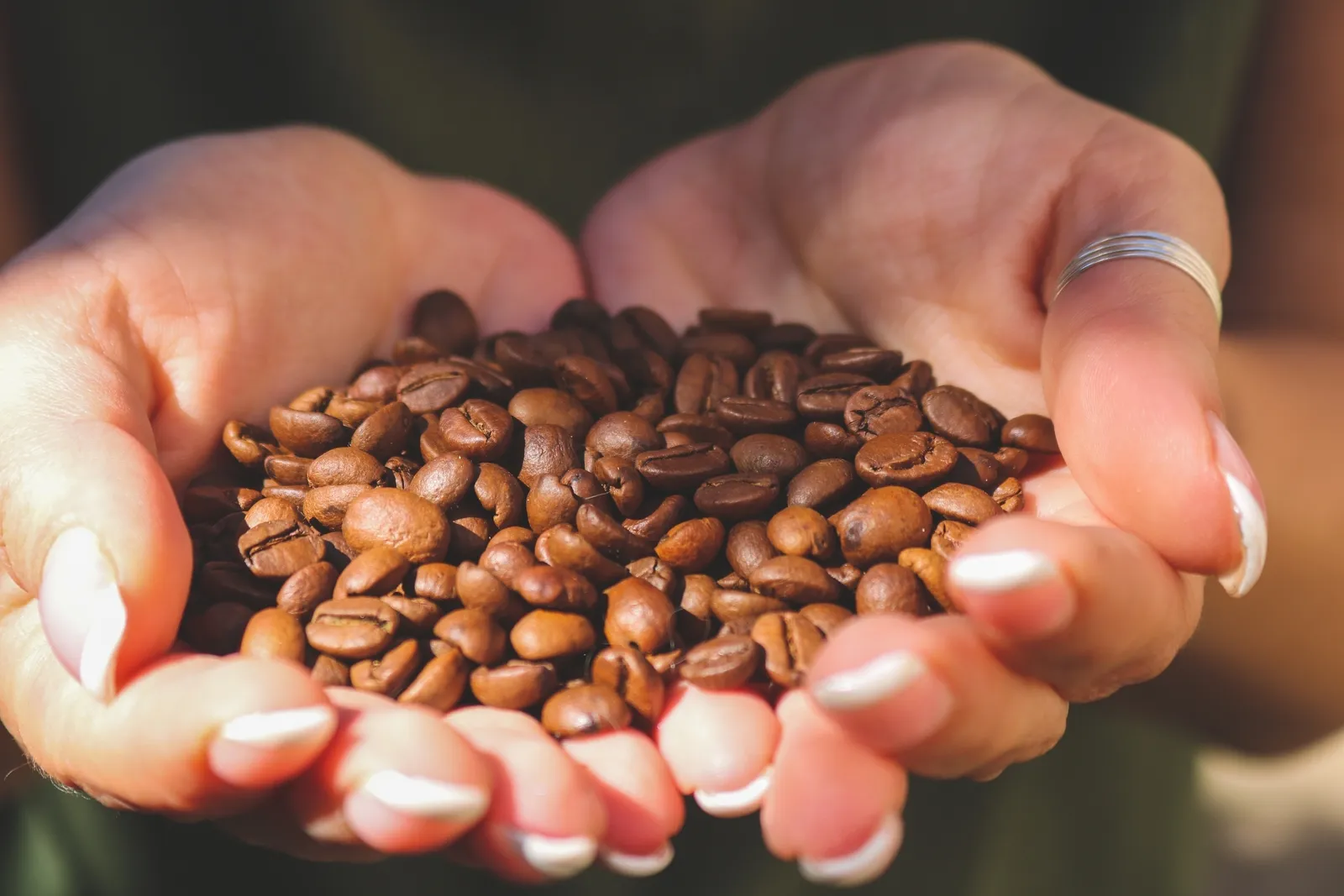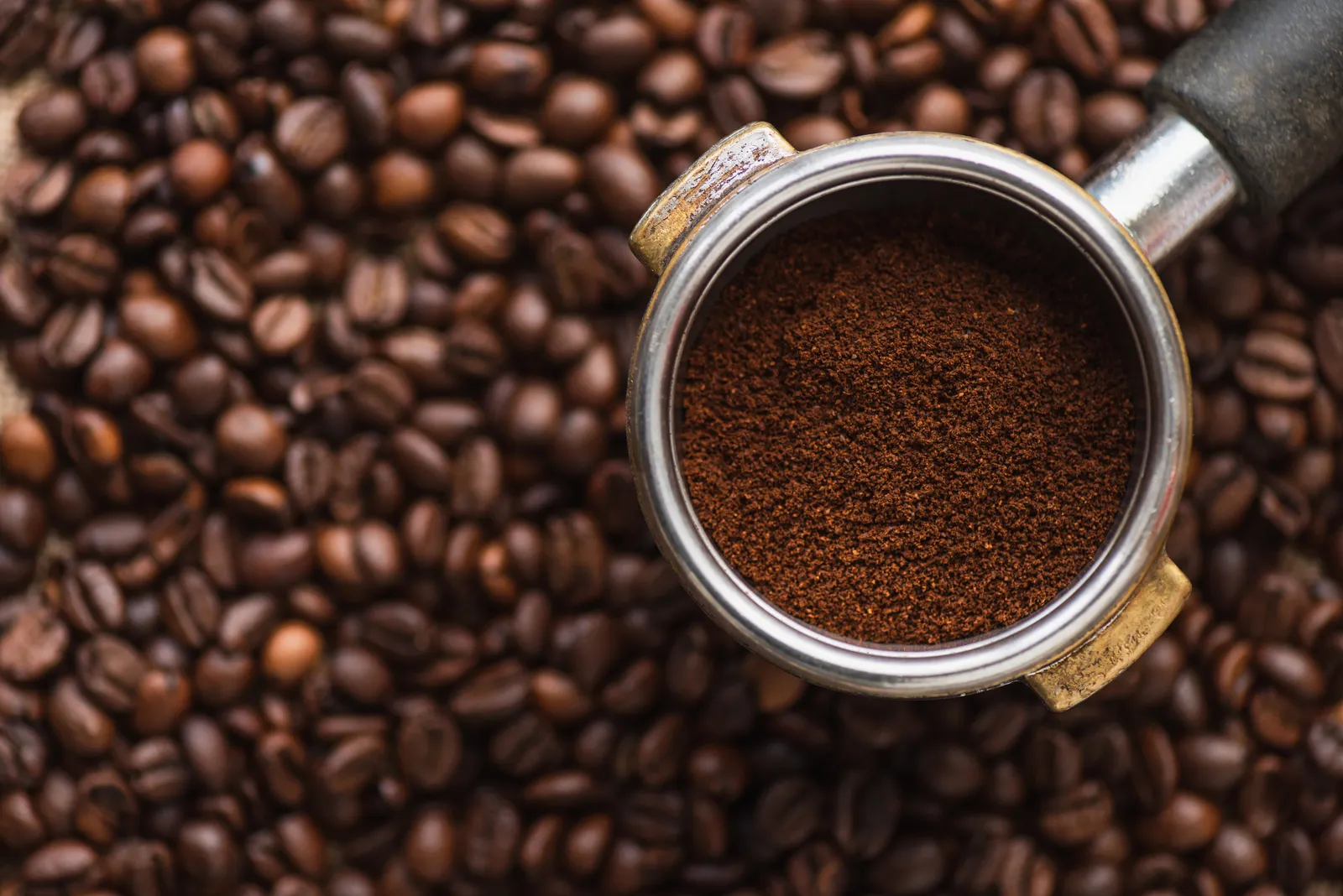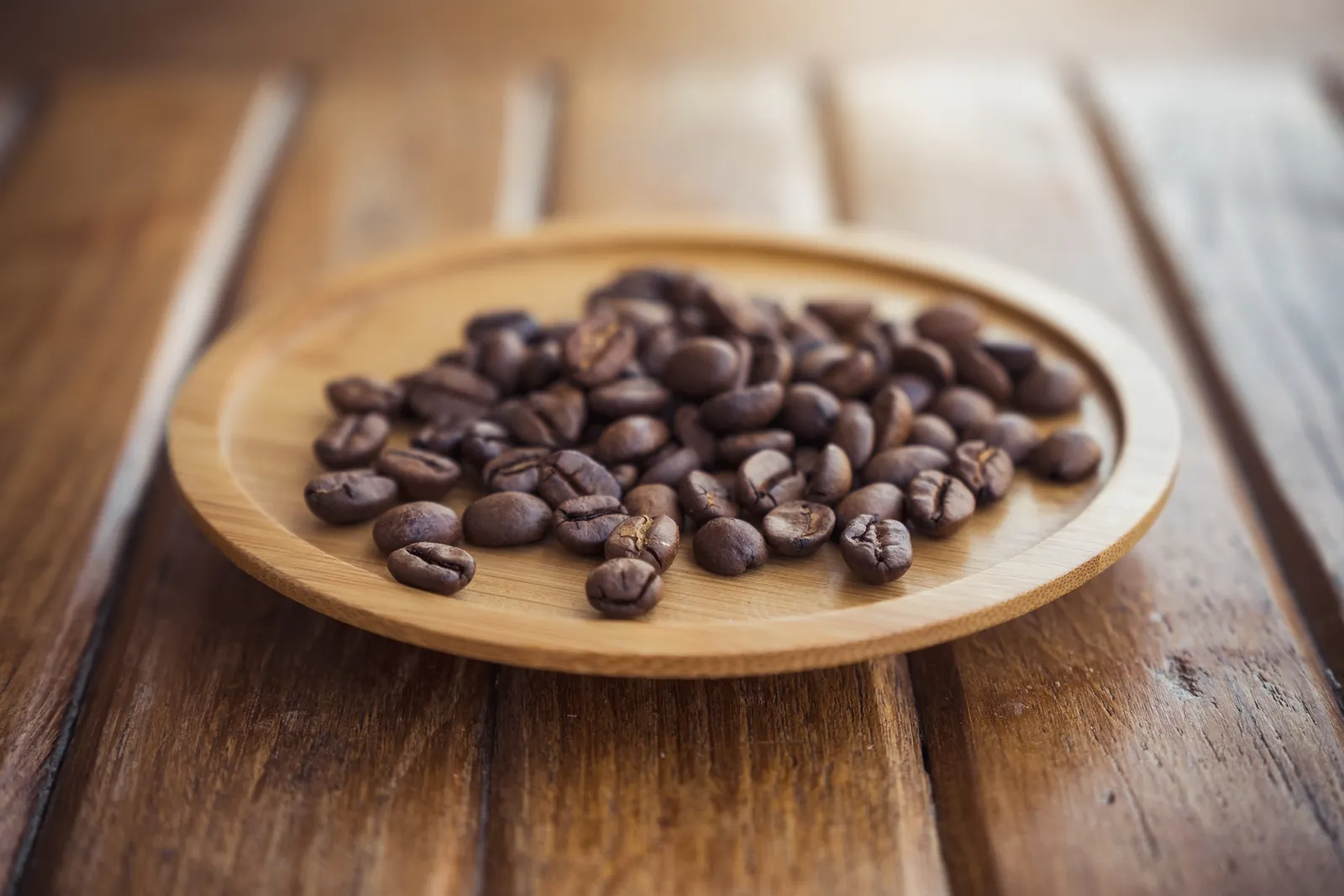VARIETALS
GEISHA
This variety was originally collected from the coffee forests in Ethiopia in the 1930s. From there, it was sent to the Lyamungu Research Station in Tanzania, and then taken to the Tropical Agricultural Research and Higher Education Center (CATIE) in Central America in 1953, where it was registered as Accession T2722. It was distributed throughout Panama through CATIE in the 1960s, after its tolerance to coffee rust was recognized. However, the branches of the plant were brittle and farmers did not favor it, so it was not widely planted. The coffee rose to fame in 2005 when the Peterson Family of Boquete, Panama entered it in the “Best of Panama” competition and auction. It received exceptionally high marks and broke the Green Coffee Auction Price Record at the time, selling for over $20 per pound.

Similar Geographical Origins In Ethiopia
Recent genetic diversity analysis conducted by World Coffee Research confirms that the Panamanian Geisha descendant of T2722 is distinct and uniform. It is associated with extremely high cup quality when plants are well managed at high altitudes, and is known for its delicate floral, jasmine and peach aromas. There is no established translation of Ethiopian dialects into English. Coffee was first recorded in the Germplasm Records with the spelling “Geisha”, and Coffee Researchers and Germplasm Banks have mostly maintained that spelling for many decades, which led to that spelling being promoted and used for the first time in the Coffee Industry. Coffee was originally harvested in Ethiopia in a region near a mountain whose name is commonly translated in English as Gesha. As a result, many in the coffee industry have preferred to rescue that spelling.

The Natural Process: A Sun-Kissed Transformation
The natural process, also known as the dry process, is the oldest and most traditional method of coffee processing. It's a simple yet intricate technique that relies on the sun's energy to transform ripe coffee cherries into flavorful beans.
1. Selecting the Finest Cherries
The journey begins with the meticulous selection of coffee cherries at their peak ripeness. Farmers carefully handpick the cherries, ensuring that only the fully ripe ones, typically deep red in color, make the cut. This crucial step guarantees the highest quality and flavor potential.
2. Sun-Drenched Drying
The selected cherries are then laid out to dry in the sun, usually on raised African beds or patios. These beds are designed to provide proper airflow and prevent the cherries from touching the ground, ensuring even drying and minimizing the risk of mold or fermentation.
3. A Slow and Sweet Transformation
As the cherries bask in the sun, they undergo a natural drying process that can take anywhere from 12 to 15 days, or even longer depending on the weather conditions and the desired moisture level. During this time, the beans inside the cherries gradually absorb the sweetness and unique characteristics of the fruit.
4. Turning and Tending
To ensure uniform drying and prevent spoilage, the cherries are regularly turned and raked by hand. This labor-intensive process requires careful attention and expertise, as the cherries must be protected from rain and excessive heat.
5. Revealing the Bean
Once the cherries have reached the optimal moisture content, they are collected and processed to remove the dried outer layers, revealing the green coffee beans inside. These beans are then sorted, graded, and prepared for export or roasting.
The Result: A Flavorful and Complex Cup
The natural process imparts a unique flavor profile to the coffee beans. Expect a cup with:
- Intense sweetness: The beans absorb the natural sugars from the fruit, resulting in a sweeter, more full-bodied coffee.
- Fruity and floral notes: The drying process allows the beans to develop complex flavors and aromas, often reminiscent of berries, dried fruits, and flowers.
- Rich and syrupy texture: Natural processed coffees tend to have a heavier body and a smooth, syrupy mouthfeel.
A Celebration of Tradition and Terroir
The natural process is a testament to the ingenuity of coffee farmers and their deep understanding of the land. It's a method that celebrates the natural flavors of the coffee cherry and the unique terroir of the region.

CATURRA NATURAL
The process begins with the harvesting of the ripe crop, then cleaning is carried out in the African beds without water, after which it rests for 11 days in beds obtaining a slow pre-drying, then rehydration is carried out for a determined period of time, and finally drying is carried out at 22-day intervals in the dark room.
GEISHA NATURAL
Its process begins with the harvesting of the ripe crop.
Then the cleaning is done in the African beds without water, after which it rests for about 11 days in beds obtaining a slow pre-drying, then the rehydration is done for a specified period, finally it proceeds to drying with intervals of 22 days in the dark room.
PACAMARA NATURAL
Its process begins with the harvesting of the ripe crop. Then the cleaning is carried out in the African beds without water, after which it rests for 11 days in beds obtaining a slow pre-drying, then a rehydration is carried out for a determined period, finally it is dried at intervals of 22 days in the dark room.
MARAGOGIPE NATURAL
Its process begins with the harvesting of the ripe crop. Then the cleaning is carried out in the African beds without water, after which it rests for 11 days in beds obtaining a slow pre-drying, then a rehydration is carried out for a determined period, finally it proceeds to the drying with intervals of 22 days in the dark room.

CHICHO GALLO NATURAL
Its process begins with the harvesting of the ripe crop, then cleaning is carried out in the African beds without water, after which it rests for 11 days in beds obtaining a slow pre-drying, then rehydration is carried out for a determined period of time, and finally it is dried at 22-day intervals in the dark room.
GEISHA WASHED
The Cherry Coffee is received, goes through the pulping process, is fermented in tanks for a period of 1 or 2 days. Then it goes through water channels to complete its process in African beds for one to 15 days, then for about 11 to 15 days in the dark room.
CATURRA WASHED
The Cherry Coffee is received, goes through the pulping process, is fermented in tanks for a period of 1 or 2 days, then goes through a few channels of water to complete its process in the African beds for one to 15 days, then for about 11 to 15 days in the dark room.
PACAMARA WASHED
The Cherry Coffee is received, goes through the pulping process, is fermented in tanks for a period of 1 or 2 days, then goes through a few channels of water to complete its process in the African beds for one to 15 days, then for about 11 to 15 days in the dark room.

MARAGOGIPE WASHED
The Cherry Coffee is received, goes through the pulping process, is fermented in tanks for a period of 1 or 2 days. Then it goes through water channels to complete its process in African beds for one to 15 days, then for about 11 to 15 days in the dark room.

